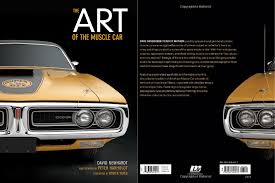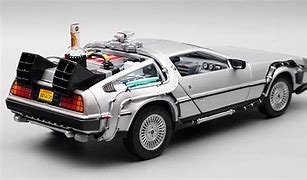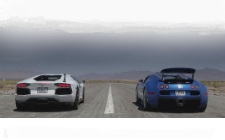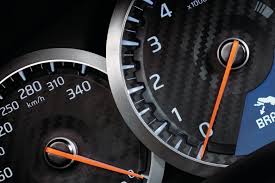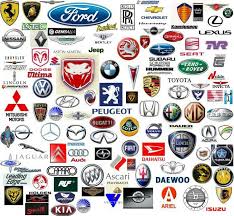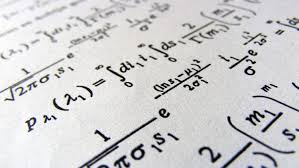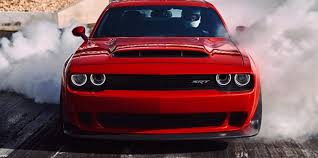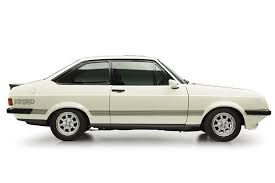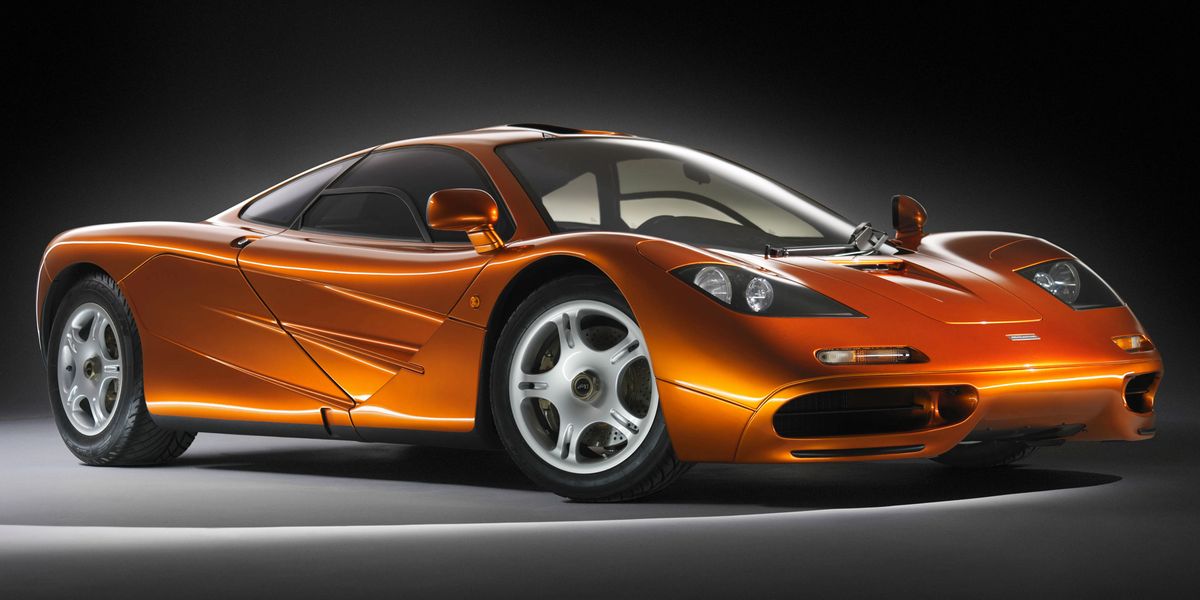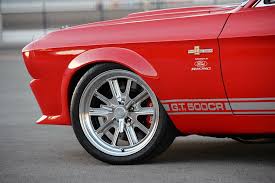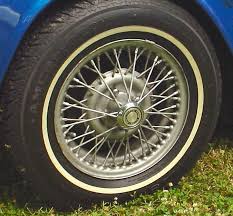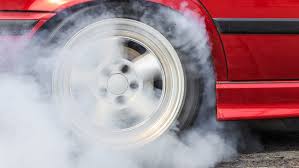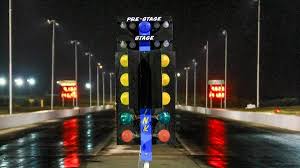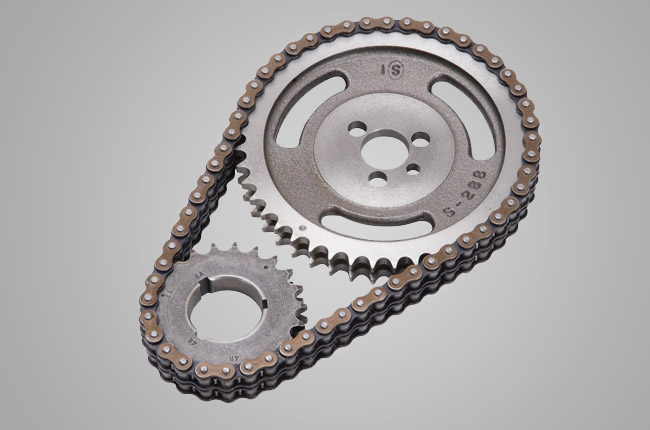


This edition of the Austin-Healey 100 M BN2 2.6L is the 4 speed / Manual version and was first brought out in 1955. This was at around the same time as the introduction of the 1955 Ferrari 410 Superamerica Series 1 and the 1955 Mercedes SL Class 300SL Gullwing W198.This particular Austin-Healey 100 has a 2660cc Naturally Aspirated Petrol powerplant with 4 cylinders in a St formation.
The 100 shares its Petrol St4 engine configuration with the likes of the 2019 Ariel Atom 4 2.0 Turbo and the 2013 Caterham 7 620 R 2.0 L Supercharged. If you're looking for other fast cars which share the 100's Rear Wheel Drive, Cabriolet combination then how about the 1982 Fiat X1/9 1.5 8V or the 1965 Aston-Martin DB6 1965.
Weighing in at 1090 kgs (2403 lbs) this makes the Austin-Healey 100 M BN2 2.6L in the same weight category as the 2020 Lotus Exige Sport 410 3.5 V6 or the give or take 50kg.
![Mini Cooper Countryman John Cooper Works 1.5 Turbo - [2022] image Mini Cooper Countryman John Cooper Works 1.5 Turbo - [2022] image](/editionimages/2335.jpg)
The Austin-Healey 100 shares the same bhp with the 2022 Mini Cooper Countryman John Cooper Works 1.5 Turbo (134 bhp)
In terms of power the 2660cc 16V St4 engine produces 110 bhp (82 kW) @ 4500 rpm similar to the 2022 Mini Cooper Countryman John Cooper Works 1.5 Turbo (134 bhp) or the 2017 Ford Fiesta 1.5 TDCi ST-Line 120 (118 bhp).
The Naturally Aspirated St4 throws out 160 lb-ft (216.9 Nm) @ 2500 rpm placing it with cars of similar torque performance figures such as the 2022 Mini Cooper Countryman John Cooper Works 1.5 Turbo (162 lb-ft) or the 2020 Audi A1 A1 Sportback 35 TFSI S tronic S line (184 lb-ft).
If one combines the weight with power or torque performance for the Austin-Healey 100 you can get a better idea of it's real world performance.
![MG ZT 2.5 V6 190 - [2001] image MG ZT 2.5 V6 190 - [2001] image](/editionimages/393.jpg)
The 2001 MG ZT 2.5 V6 190 (125.9 bhp per ton) has similar Bhp Per Ton stats as the Austin-Healey 100.
The Austin-Healey 100 has a Power to weight ratio of 100.9 bhp per ton and 146.7 lb-ft per ton. Bhp Per Ton figures of the 1955 100 competing with the 2001 MG ZT 2.5 V6 190 (125.9 bhp per ton) or the 1973 Vauxhall-Opel Firenza Droop Snoot 2.3 Litre (125.9 bhp per ton).
If you agree with the late great Carroll Shelby then arguably an even better indicator of potential performance, Torque. Use weight as well and you end up with - Torque per ton, with the Austin-Healey 100 generating around 146.7 lb-ft per ton. If you're curious as to what other cars have as much torque to weight then look no further than the 1954 Frazer-Nash Sebring 2.0 Roadster (171.5 lb-ft per ton) or the 1992 Ford Escort RS Cosworth (171.3 lb-ft per ton).
With a 0-60mph time of 12.20 secs or a 0-100km/h (0-62mph) of 12.6 secs, this made the Austin-Healey 100 M BN2 2.6L as fast as the 1970 Vauxhall-Opel Manta Rallye 1.9 8v (12.20 secs) the 1966 Austin-Healey Sprite MK IV AN8 (12.20 secs) the 1954 Hudson Hornet 308 5L (12.20 secs) the or the 1963 Lancia Flaminia Coupe 3 B 2.5 GT (12.30 secs). This Austin-Healey 100 M BN2 2.6L is also faster than the 1963 Lancia Flaminia Coupe 3 B 2.5 GT (12.30 secs) the 1962 Lincoln Continental 7.0L V8 (12.40 secs) the 1950 Aston-Martin DB2 2.6L (12.40 secs) the and the 1955 Triumph TR3 2.0L Convertible (12.50 secs).
When talking about the performance of the Austin-Healey 100 on the drag strip it can reach a quarter mile in an estimated 17.66 secs @ 77.5 mph. Similar performance down the quarter mile can be found with the the 2003 Dodge Ram 1500 SLT Hemi (17.58 secs), the 2011 Alfa-Romeo Mito 170 Quadrifoglio Verde (17.60 secs), and the 1957 Mercedes SL Class 300SL Roadster W198 (17.60 secs).
Modern performance cars are often artificially restricted to 155mph. The 1955 version of the Austin-Healey 100 M BN2 2.6L has a maximum speed of 109mph.
If maxing out your car on the AutoBahn is your thing and you're wondering what's faster than the 1955 Austin-Healey 100 M BN2 2.6L then how about the 2009 KIA Borrego 4.6 V8 AWD (120 mph), the 2008 Ford Fiesta 1.6 Zetec S (120 mph), or the 2006 Pontiac Solstice Coupe 2.4 16V (120 mph).


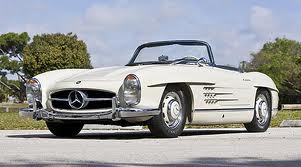



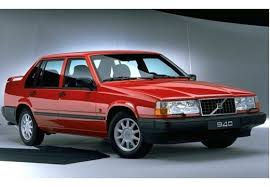
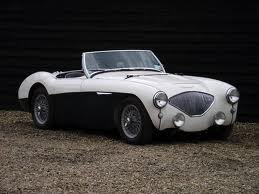

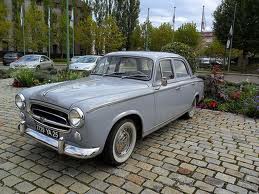
Peugeot 403 1500
Engine: Naturally Aspirated Petrol | 1468cc 8v St4
Top Speed: 76 mph
0-60mph: 24.00 seconds

Ferrari 599 GTB Fiorano
Engine: Naturally Aspirated Petrol | 5999cc 48v V12
Top Speed: 329.9 kph
0-100kph: 3.6 seconds
